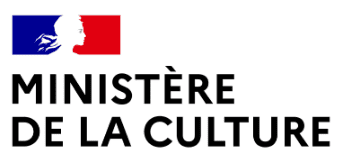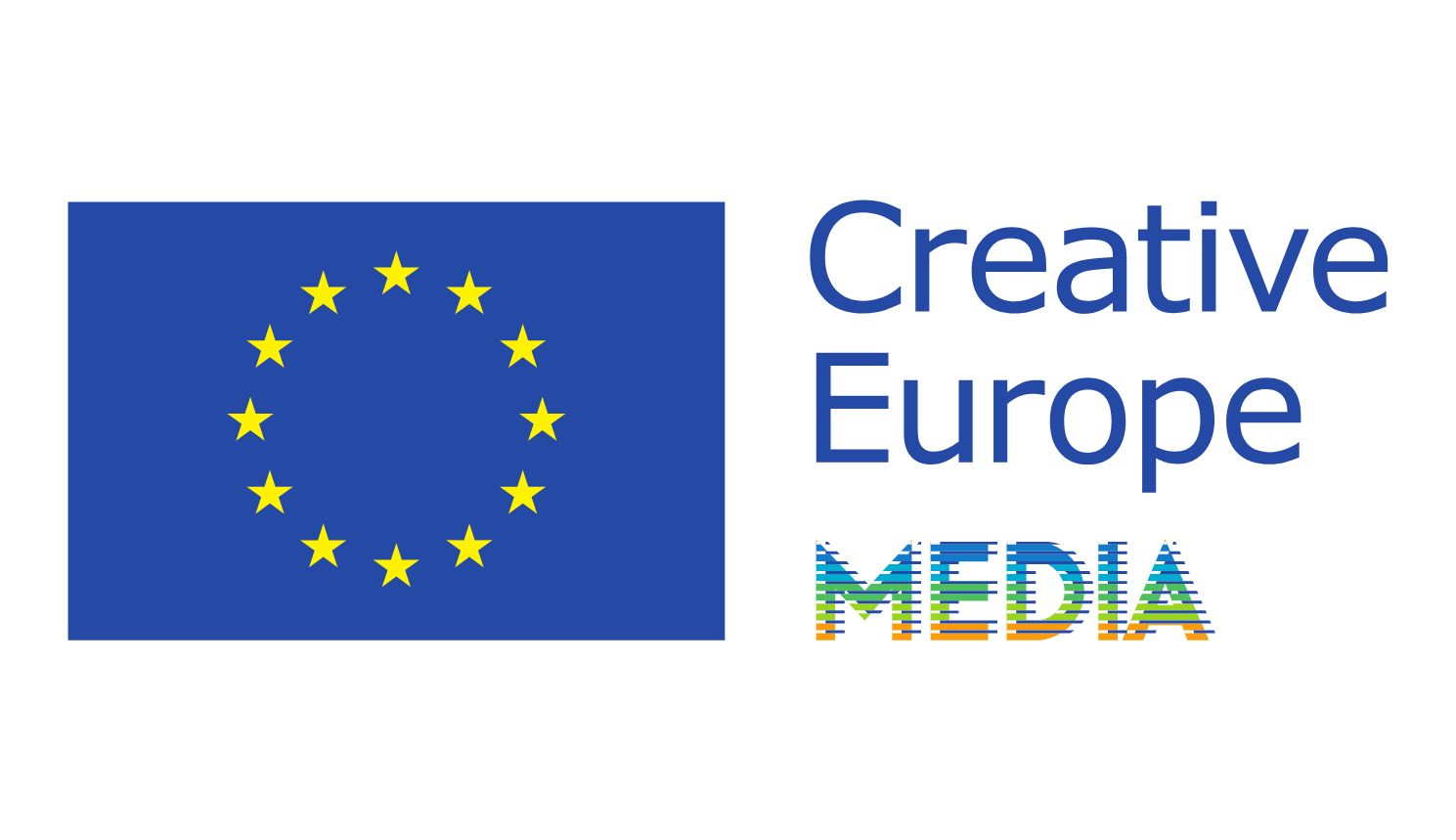Interview with Cyril Schäublin
Unrueh is your second feature film, selected during the FIDLab2019 edition and winner of the Camargo Foundation Prize. The setting is Saint-Imier, a canton in the north-east of Switzerland, which became the political epicenter of the international anarchist movement in the aftermath of the Paris Commune. Why did you choose to make a period film while at the same time bringing the present into the picture in a frontal and striking manner?
I imagined that by going back to a late 19th century watchmaking town in Switzerland, questions could come up, about how new technologies and economic crisis affect us. Technologies like the far-distance communication enabled by the telegraph in the 1870s, the spread of photography and visual representations, as well as time measurement through easily available watches. What did and do these things do to relations between people and the possibilities of forming communities? Maybe one of the questions of our present, as it was in the 1870’s, is how we rewrite our own history, how we define history and what information we take from it. In order to rebuild the constructions of our present, and how we imagine communities.
The film follows the meeting between one of the workers in the watch factory, Josephine Gräbli, who produces the unrueh (unrest) – the mechanical heart of the watch, the balance wheel – and the Russian travelling cartographer, Pyotr Kropotkin. At the end of the film, in the forest, they walk side by side while she meticulously describes her work step by step. In this description, the path of seduction merges into this professional dialogue. Next shot: the watch stops. As if love were timeless and could not be measured by time? As if time could not be the only regulator of our world?
My idea was to put the “love story” aspect of the film into a kind of persiflage or caricature of the genre, culminating in the final scene when their love, their encounter, is fictionalised and merchandised by the people buying their photographs. But then, as maybe always, love is beyond any definition, in the end. Even though their pictures are visible and for sale. I like what Arthur Rimbaud said: “L’amour est à réinventer”. So the watch stopping to measure the time in the end of the film might be a potential point of departure into a reinvention, for eluding the mechanisms of time discipline and nationalist storytelling that continue to shape our lives today.
But more than this encounter, what is central is the desire to make living pictures of all the situations of work, of the factory, of power games, of political and commercial negotiations. Both painting and photography are used as formal pictorial spaces, as well as the unique signature of the frames that you and your cinematographer, Silvan Hillmann, elaborate with elegance and singularity. How do you work together?
Silvan and I went for many trips into the region where we were going to shoot, the Jura mountains, walking endlessly through small towns taking pictures or just drinking beers on benches, we also spent some nights sleeping outside next to wood fires. We slowly got into closer contact with that landscape and its people and architecture. Some of the people we met on these excursions later became actors in the film. It was clear from the beginning that we were looking for images which are readable and recognizable in their evident constructedness. Clearly made-up images are inviting to be looking at a filmic construction, which goes hand in hand with looking at the construction of an epoch, a scenery that is supposed to be happening in the past. Obviously constructed orders might offer to be reorganised and changed in easier ways, too.
To this sense of the frame’s shift, but also of the relationship between sound and image, you add other shifted, funny and even burlesque motifs that punctuate the film: the use of four different times (that of the factory, the post office, the village, the church), a duet of Laurel and Hardy physically reversed, the cynicism of the discussion between the factory owner and the Italian political representative…. What values do you give to these satellite narrative elements?
The idea was to sort of re-enact everyday situations of the past, in the 1870s, with people of the present. So I decided to work with people who have ties to the contemporary watch industry, but also regular people like truck drivers, former criminals, architects, academics or carpenters. People who I imagined could be reproducing a language of the past which does not sound “historical”. I was interested in an everyday language to be spoken by the people appearing in the film, because I imagined that that kind of marginalised and random quotidian language had existed in the 1870s already, as it does today. So it was important that those “narratifs satellitaires” were also kind of topical and up-to-date, so that people could just talk about things easily which – although situated in a historical past – seemed normal for them to talk about. I guess that’s how those stories and moments which you mention came into the movie, by trying to find topics of conversation that are kind of timeless, languagewise.
The violence of human relations and class struggle erupts (those who do not pay taxes cannot vote, or are even imprisoned) even though there are no outbursts or behaviour of revolt. Everything is strangely muted, calm, agreed upon, delivered in perfect diction and with extreme politeness. Why this neutral and polite choice of the statement of social relations of domination?
This kind of soft, silent, maybe systematic violence which is performed in many aspects and situations in daily life today in Switzerland – an extremely capitalist society – to me feels much more devastating, powerful and efficient than the “real”, physical violence. The fact that people accept this kind of structural violence in such a regardless and carefree attitude, seems catastrophic but in a way also funny, to me.
Pyotr Kropotkin’s book, Memoirs of a Revolutionist, served as a basis for the writing of your film. What other references, iconographic and cinematographic, did you draw on?
The book La condition ouvrière by Simone Weil felt encouraging to me, and Blind Spot by Teju Cole or the poems by Patrizia Cavalli. Also paintings by Franz Gertsch, or films like The Only Son by Yasujiro Ozu and A santanotte by Elvira Notari.
Interview by Fabienne Moris






